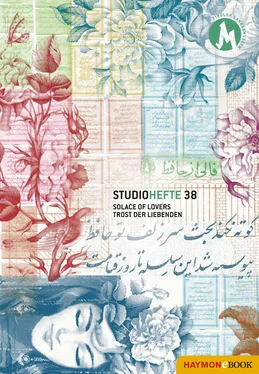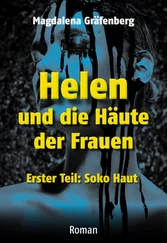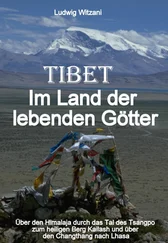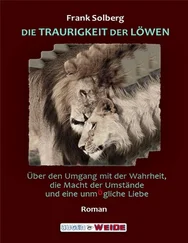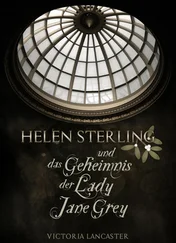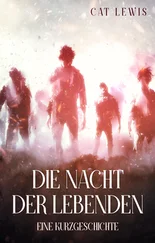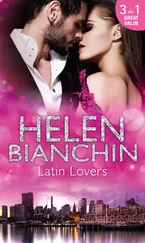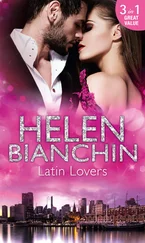Selected text from “Reality of Love or Solace of Lovers”, an allegorical treatise by Shahab al-Din Suhrawardi (1154–1191)
In this publication the term “Iran” has been used to define a country with clear geographical borders, the inhabitants of which are called Iranians (just as they are in the Farsi or the Persian language). Wherever reference is made to the culture of this country, including its poetry, miniatures, paintings, carpets and other art forms, and whenever there is mention of its soul and culture, the word “Persian” has been used in order to correspond with non-Persian texts of the past. The poets of this land are called “Persian poets”, which is a more accurate translation of the expression used in Farsi even today. But in the case of its modern and contemporary artists and authors, who exist and developed their craft under a modern definition of Iranian culture and modern Iran, the term “Iranian” has been used instead. In instances where reference is made to linguistic or cultural boundaries of Iran that surpass the geographical and political borders and are known as Greater Persia, the term “Persia” has been used. For instance, the “Shahnameh” is identified as the national epic of Persia.
An attempt has also been made to avoid using standard artistic and philosophical terms, many of which are academically common. Many Persian intellectual and philosophical concepts have often been translated into their closest western equivalents. And even though we cannot offer an alternative to this practice we believe that in this process of trans lation, the Persian term is reduced in order to fit within a global terminology. In discussing philosophical points of view or schools of art, rather than relying on a common terminology we have attempted to describe the concept instead, even though it is likely that the reader will associate it with a familiar term in his mind.
One example of this is the translation of names and titles, such as the word “Sha’er”, meaning someone who writes poetry (“She’r”), as described in detail in the text “The Persian Poetic Soul”.
Another example is the word “Haqiqat”. In English, this is translated as “reality and truth”, and we were limited to using these two terms interchangeably. In Persian philosophy and mysticism (both pre- and post-Islam), however, the word “Haqiqat” can imply multiple meanings in one sentence, from something that exists but remains unseen (such as the creator) to material being.
These are difficult but exciting challenges, yet we believe we must all address this challenge in order to facilitate a clearer form of intercultural communication.
The Curators
INTRODUCTION TO THE EXHIBITION
Yashar Samimi Mofakham, Tarlan Rafiee
“The truth was a mirror that fell to the earth from God’s hand and broke into myriad pieces. Each person took a piece, saw himself reflected in it, and believed he held the truth. Yet the truth was scattered among all.”
Rumi, The Fihi Ma Fihi
The current exhibition gave us the opportunity to review travelogues from recent centuries that related to Iran in one way or another; some were written by Iranians about their various observations in their travels abroad, and others were written by foreigners travelling to Iran. Regardless of their initial intentions, all of these texts communicate a piece of the “truth” as experienced and interpreted by their authors.
And yet “truth” is an abstract concept. The reality or truth that I perceive about myself is a piece of a puzzle that defines me, shapes my relationship to my context and connects me to the surrounding world. Another piece of the truth that defines me is from the perspective of the “other”, what they see and how they perceive this depending on their own context and background.
Is it possible to reach a single definition of the truth about someone, and more generally about their society and everything that relates to them?
Travelogues are amazing resources when it comes to understanding others and ourselves, because they offer us a perspective about our life and culture that falls beyond our field of vision. But when the individuals who are the subjects of travelogues are not given the opportunity to decipher some of their complexities and explain certain things about them, then the travelogue will remain a subjective interpretation and its use as a source of reference will be problematic.
There is a story common to many cultures, and a version of this story is also found in classical Persian texts. The story describes a group of blind men – or men in a dark room – using their sense of touch to describe a creature (elephant) they have never seen before. It may be possible to gain a general understanding of the elephant by putting all of their individual descriptions together. But if each piece of information is relied upon in isolation, the unseen creature is reduced to a rug, a downspout, a column, a rope, a trumpet or a tree. Reading travelogues helps us understand how far we have succeeded in presenting ourselves to the other. Perhaps it will lead us to offer the other the piece of mirror we hold in our hands and gain a better understanding of one another by putting all these different pieces together.
Art exhibitions, and in their broader sense international art/cultural events, are more than an opportunity for experiencing works of art; they are occasions that allow us to find ourselves reflected in the mirrors of others. These events are like travelogues sans the travel. They give the viewer an opportunity to travel to another world while the hosts – who are also guests – describe their travels and the context by communicating with their visitors without an intermediary.
***
The first agreement between Safavid Persia and the Habsburg dynasty of Austria was signed in the 16 thcentury, at a time when both countries shared certain interests against the Ottomans. Theirs was a short-lived relationship, and until the 19 thcentury the two countries did not have any serious ties except for a few instances of diplomatic relations. During these years a number of Persian texts were translated into German in Austria, and a section in the Oriental Academy was dedicated to the study of Persia and the Persian language. But the first instance of a deep understanding of Iran and its culture and history by Austrians and other German-speaking countries can be found in the undertakings of Joseph von Hammer-Purgstall. It was through his efforts that the Persian Studies section in the Austrian Academy of Sciences gained a scientific structure that continues to exist to this day.
The first German translation of Hafez’s complete book of poetry – which is also the first instance of the translation of these poems into a western language – was by Hammer- Purgstall. This translation later inspired Johann Wolfgang von Goethe’s masterpiece, “West-Eastern Diwan”.
In 1848, Naser al-Din Shah Qajar of Persia and Franz Joseph I of Austria were both crowned kings at the age of 18, at a time when Europe was in the midst of revolutions and Iran was undergoing deep transformations that would later lead to the Constitutional Revolution.
Significant relationships were formed between the two countries during the reign of these two kings. The young Persian king and his prime minister, Amir Kabir, were interested in modernising the country and believed they could shorten this path by following in the footsteps of Europe. It was thus that the first Austrian team arrived in Iran at the invitation of Amir Kabir.
Amir Kabir planned to establish Iran’s first polytechnic centre of higher education, Dar ul-Funun, and its teachers as well as a number of military trainers were to be hired from neutral European countries. It was for this purpose that, in 1851, Jan Dawud Khan (David Davidian), the Persian-Armenian interpreter of the court, was sent to Austria, a country which did not have any direct political intentions in Iran. He was sent there to consult with Heinrich Alfred Barb, the head of the Austrian Oriental Academy.
Читать дальше
